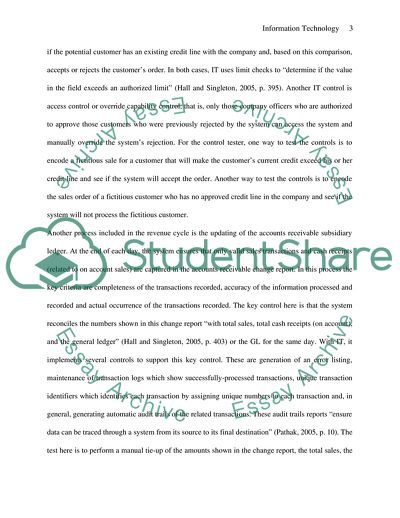Cite this document
(Internal Controls of Information Technology Essay, n.d.)
Internal Controls of Information Technology Essay. Retrieved from https://studentshare.org/information-technology/1724859-controls-of-information-technology-and-reporting
Internal Controls of Information Technology Essay. Retrieved from https://studentshare.org/information-technology/1724859-controls-of-information-technology-and-reporting
(Internal Controls of Information Technology Essay)
Internal Controls of Information Technology Essay. https://studentshare.org/information-technology/1724859-controls-of-information-technology-and-reporting.
Internal Controls of Information Technology Essay. https://studentshare.org/information-technology/1724859-controls-of-information-technology-and-reporting.
“Internal Controls of Information Technology Essay”. https://studentshare.org/information-technology/1724859-controls-of-information-technology-and-reporting.


